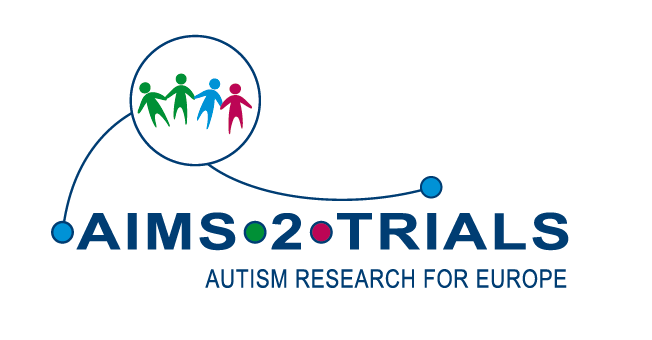
In a recent study, AIMS-2-TRIALS researchers focused on a response of the retina in the eyes, which relies on a chemical messenger, known as neurotransmitter, to regulate communication between nerve cells (neurons). The neurotransmitter of interest is γ-Aminobutyric acid (GABA), which has many roles in the central nervous system, involved in regulating stress, anxiety, and promoting sleep.
The team found that in the retina the response to GABA, differs in autistic people. They found that increasing the action of GABA suppresses a response to repeated light ‘flickers’ in autistic people but does the opposite in non-autistic people.
Why study the eye, and what does it have to do with autism?
Autistic people of all ages may experience sensory sensitivity, which for some can be distressing and have a negative impact on their well-being. This might include visual sensitivity, such as to bright or flashing lights. It is important to understand the mechanisms behind this, and whether there are differences at the level of the eye and/or the brain. This may inform potentially therapeutic measures for those interested in that choice.
There is a growing amount of research suggesting that GABA related pathways in the brain may differ between autistic and non-autistic people. Using a drug which activates GABA targets (arbaclofen), the team had previously found that, in autistic and non-autistic people, GABA acts differently in regions of the brain that process visual and auditory information. The team at King’s College London next wanted to investigate if there are already differences in the processing of sensory information before it reaches the brain in autistic people. And there were: the retina light response was altered by arbaclofen differently in autistic and non-autistic participants. The team found that if arbaclofen suppressed light responses in the retina in autistic people, it had also suppressed auditory responses in brain (in their previous study). The retina may provide an accessible window onto brain GABA function. Moreover, the greater the suppression of light response in the retina (and auditory response in the brain), the more autistic characteristics were endorsed by participants in the study. This suggests that differences in how GABA functions in the central nervous system in autism may contribute to differences in autistic characteristics.
How was this study done?
This study utilised the ‘shiftability’ paradigm, giving a one-off dose of a medication or placebo, to see who may or may not respond biologically to a drug. There were 61 adult participants in the study, 22 were autistic people and 39 non-autistic people. On one of 2 or 3 study visits, participants were given a single dose of either a placebo or a low or high dose of arbaclofen. Neither the participant nor the researchers knew whether a placebo or arbaclofen would be administered. The order of administration of placebo and arbaclofen on visits was randomised. On each visit, participants were then exposed to a flashing light in the right eye using a handheld RETeval portable instrument. RETeval measures the light response of the retina – the electroretinogram (ERG) – and takes only a few minutes.
Why does this study matter?
This study helps us understand that how GABA regulates the processing of sensory information is different in autistic and non-autistic people. It also has some practical implications. This relatively simple and easily implemented ERG technique opens the potential for the retina to be used as a ‘proxy’ for brain responses to drugs, and have applications in other areas in neuroscience and psychology. The measurement of retinal activity could for example provide a means to identify individuals who might benefit from participating in clinical trials of arbaclofen and other possible medical interventions. Autistic people also have different views and preference with regards to clinical trials and medications. However, for those who are interested in having the choice of medications, understanding, and predicting an individual’s own response to a particular medication could be important part of the decision-making process.
Want to know more?
See the paper here: https://www.jneurosci.org/content/44/14/e1218232024








